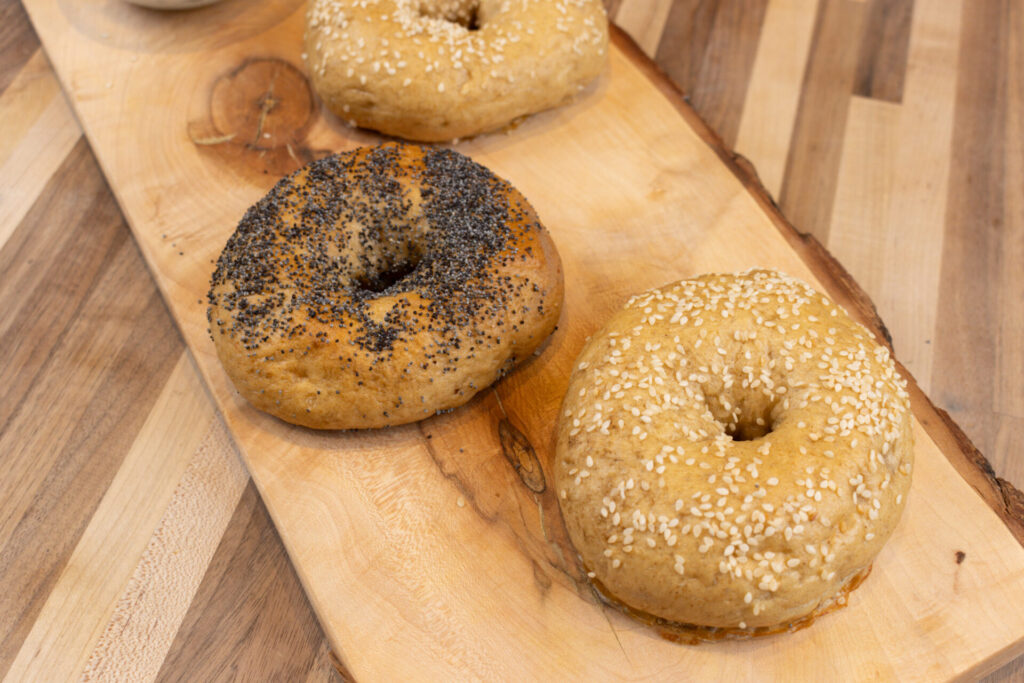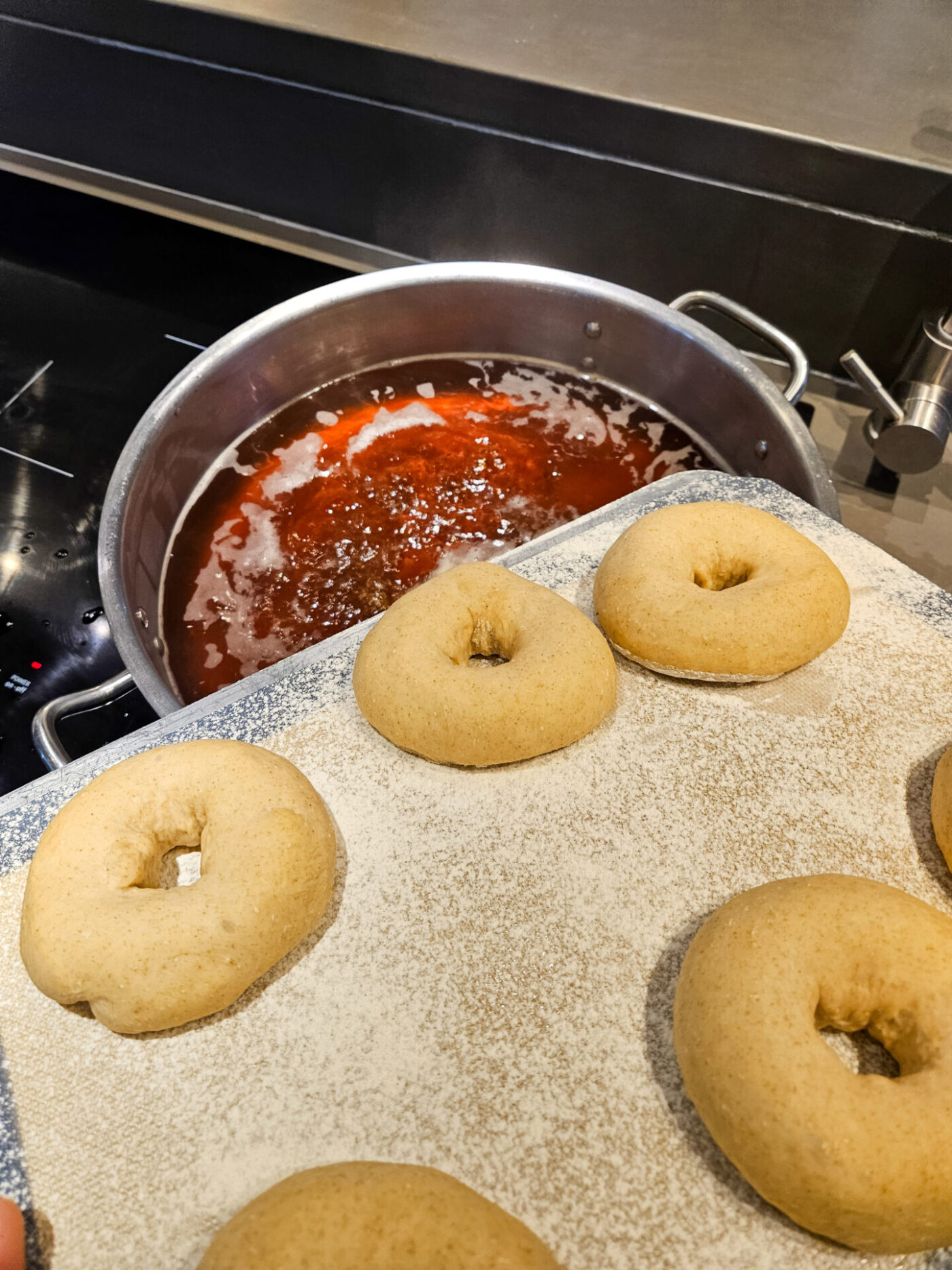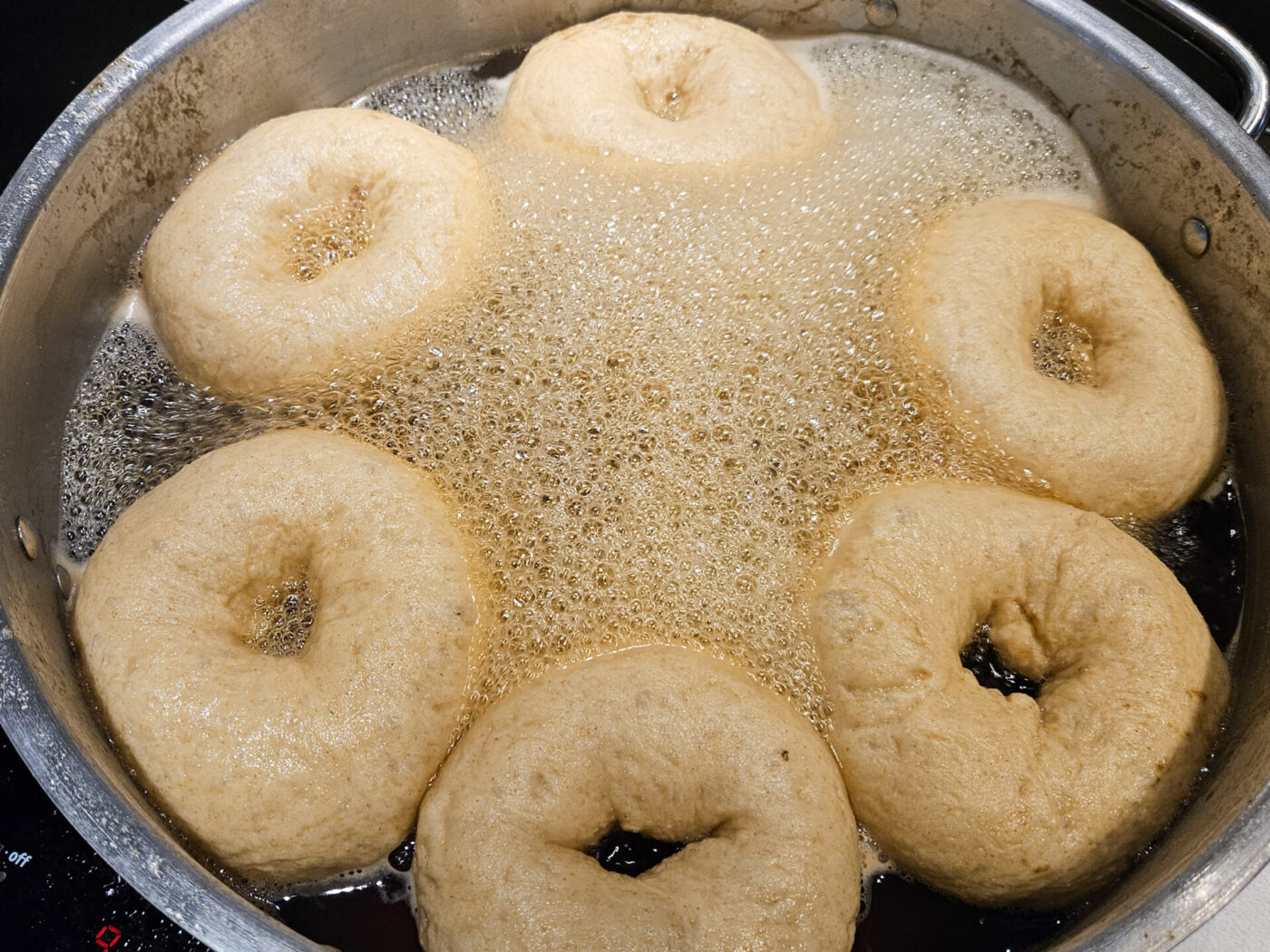* You can use any rye flour you have available.
** You can optionally substitute barley malt syrup for the more cost-effective alternative, molasses.
Optionally sprinkle with:
- Black and/or white sesame seeds
- Crushed pepper flakes
- Poppyseeds
- Sunflower seeds or any other kind of seeds
- Sea salt (do not use if you are going to freeze or refrigerate – this makes them soggy)




Share
Click on the icons below to share "Title of the item to share"